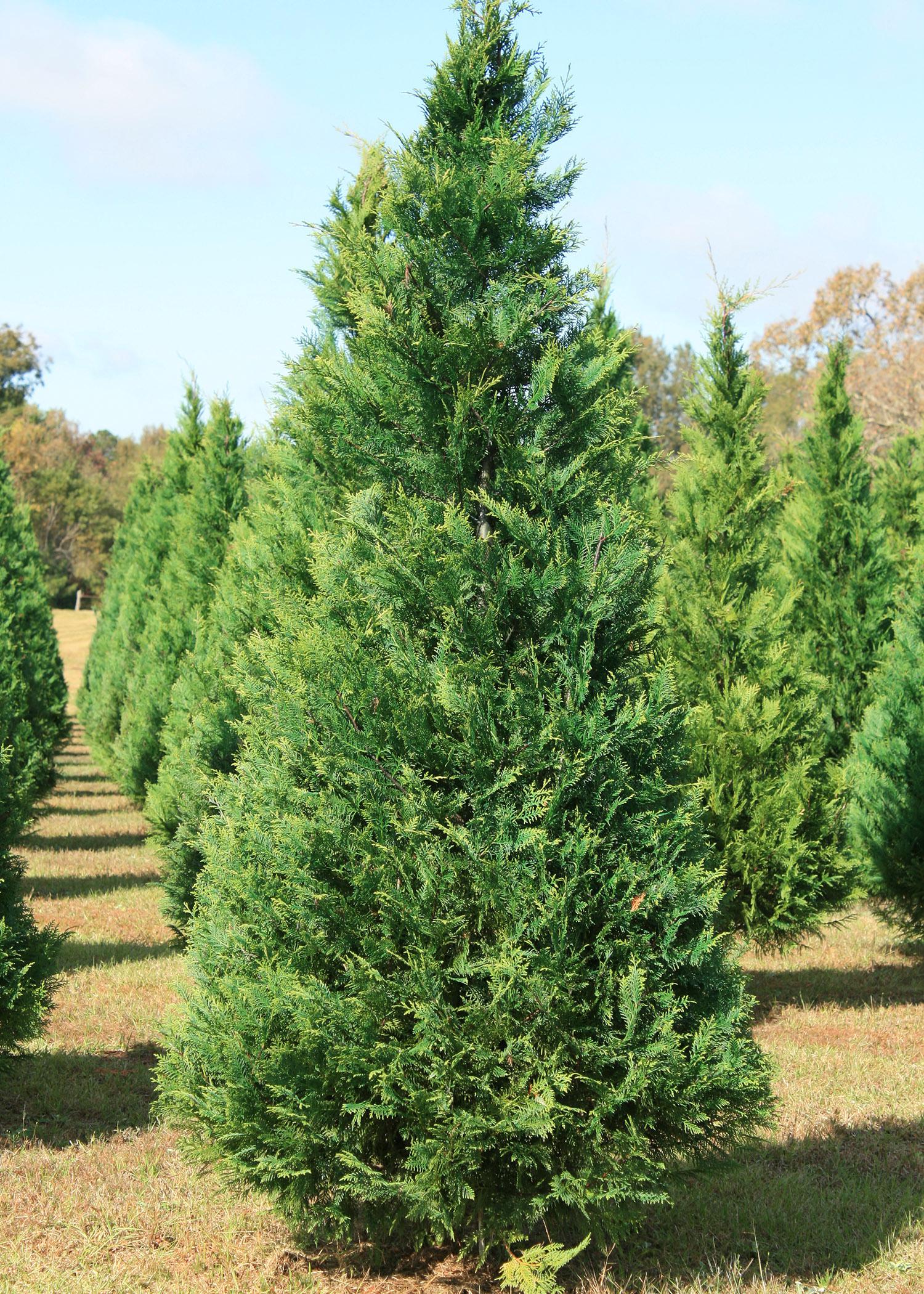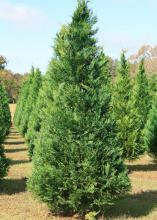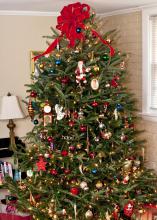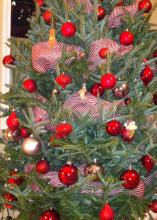Information Possibly Outdated
The information presented on this page was originally released on December 9, 2013. It may not be outdated, but please search our site for more current information. If you plan to quote or reference this information in a publication, please check with the Extension specialist or author before proceeding.
Decorate for Christmas with Mississippi trees
I hope everyone has Christmas traditions that their family looks forward to each year. One of the traditions I enjoyed growing up in the Great White North was going to get the Christmas tree.
Sometimes we went to one of tree lots that sprang up on corners like cold-weather weeds. Other times we drove out to the country and picked a tree to cut. It was like going hunting and bringing back the bounty. I grew up bringing home Fraser fir, balsam fir or Colorado blue spruce.
Mississippi can’t grow those tree species of my youth, but they will be available for sale. Trees sold at lots have been cut some time back and trucked south. They need tender loving care to make it through the entire holiday season.
Those looking for fresh trees and an on-farm experience have plenty of options, as Mississippi Christmas tree growers have really nice choices for our celebrations.
Leyland Cypress is one of the most popular Christmas trees grown in the South. These trees have soft-needled foliage that is a nice dark-green color, the perfect background to show off the family’s favorite ornaments. The foliage of the Leyland cypress generally is arranged in irregularly flat planes of dark-green to gray.
Virginia pine has been a workhorse for Southern Christmas tree growers for many years. The short needles are arranged in pairs and add interest with their twisted structure. Because the needles are short, even the youngest children will not have any trouble hanging decorations.
One Mississippi tradition I have not entirely embraced is having a Christmas tree flocked in white or various colors.
If you want a Christmas tree that is not the traditional green, consider Carolina Sapphire. This is an improved selection of Arizona cypress that has plentiful gray-green leaves arranged close to the stems so they appear scale-like. Its best feature may be its aroma when the foliage is touched; it has the scent of lemon combined with mint.
Once you have selected your fresh-cut Christmas tree, brought it home and decorated it, remember that you’re not finished. The tree is still alive and needs water.
Think about your Christmas tree as a new bouquet of flowers in a vase. Especially early on, your tree will need a lot of water. So just like those fresh-cut flowers, cut about an inch of the trunk off to open up the vascular tissue the tree uses to transport water. Your tree stand should hold at least a gallon in its reservoir to meet water needs.
Be sure to check the water level daily and add more as needed. I know this means crawling under the tree and over the decorations and presents, but it must be done.
If the stand reservoir is empty, the tree isn’t getting any water. Many times the first indication that the tree has run out of water is vast quantities of needles dropping at the slightest touch. Even more drop off when you move the tree out after the holidays. Keep the tree well watered to extend its life as a decoration.
If you’re like me and don’t like doing the daily check, you might enjoy a gizmo I came across that makes watering the Christmas tree a little easier. It’s called the Tree Nanny and is an electronic sensor that is placed in the stand reservoir with a watering tube and funnel that attach higher up in the tree. When it’s time to water, the sensor plays Jingle Bells. It chimes when it’s time to stop watering. The whole thing is powered by AAA batteries, and it has a light sensor so it doesn’t go off in the night and disturb anyone’s sleep.
With my bad knees, I’m definitely going to give it a go this year.










